Carbon-Based Molecules
To understand basis of life we must analyze an important element at the molecular level....


Carbon's outermost shell can hold 8 electrons so this means carbon can bond with 4 other atoms....

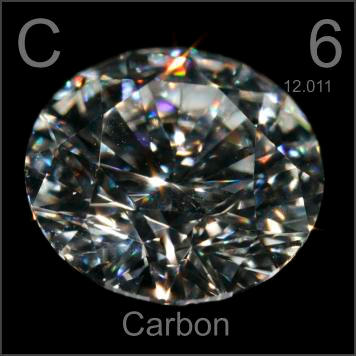
Carbon has a been called the molecule of life because most living things are composed of carbon. Its atomic composition is unique and essential. The 3 basic structures of carbon-based molecules are straight chain, branched chain, and ring.
The 4 electrons in its valence shell (outermost shell) allow this element to covalently bond to 4 other elements including other carbons. STRUCTURE IS RELATED TO FUNCTION.

Top Left to Right: Branched Chain, Ring, Straight Chain.
Bottom Left to Right : All are Branched Chain.
Sometimes carbon forms long chains made up of small sub-units....

There are 4 main types of carbon-based molecules found in all living things known as BIOMOLECULES....
Carbohydrates (aka sugars and starches)

Carbs are composed of 3 elements Carbon, Hydrogen, and Oxygen or (CHO) and are one of the sources for chemical energy.
Helpful tip: many science terms ending in -ose are considered carbohydrates. Ex: Glucose, Fructose, Sucrose, Cellulose.....Starch?....this is one exception. An easy way of identifying some carbs is by their ring structure
Simple carbs (monomer) are known as monosaccharides (mono=1 and saccharide=sugar)
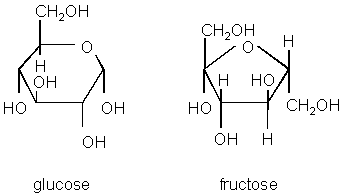
Complex carbs (polymer) are composed of many monosaccharides linked together to form a chain .....polysaccharides (poly=many)

Lipids (aka fats, oil, cholesterol)
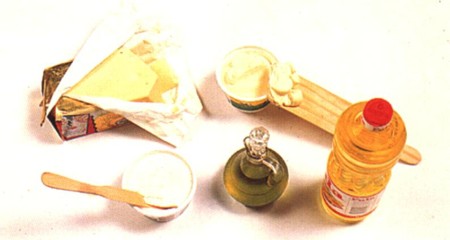
These biomolecules are composed of Carbon, Hydrogen, and Oxygen or (CHO), but look different than carbohydrates.
Lipids are very important because they make up the membrane of your cells.


Helpful tip: fats can be identified by their structure....look at this

an exception is cholesterol.... 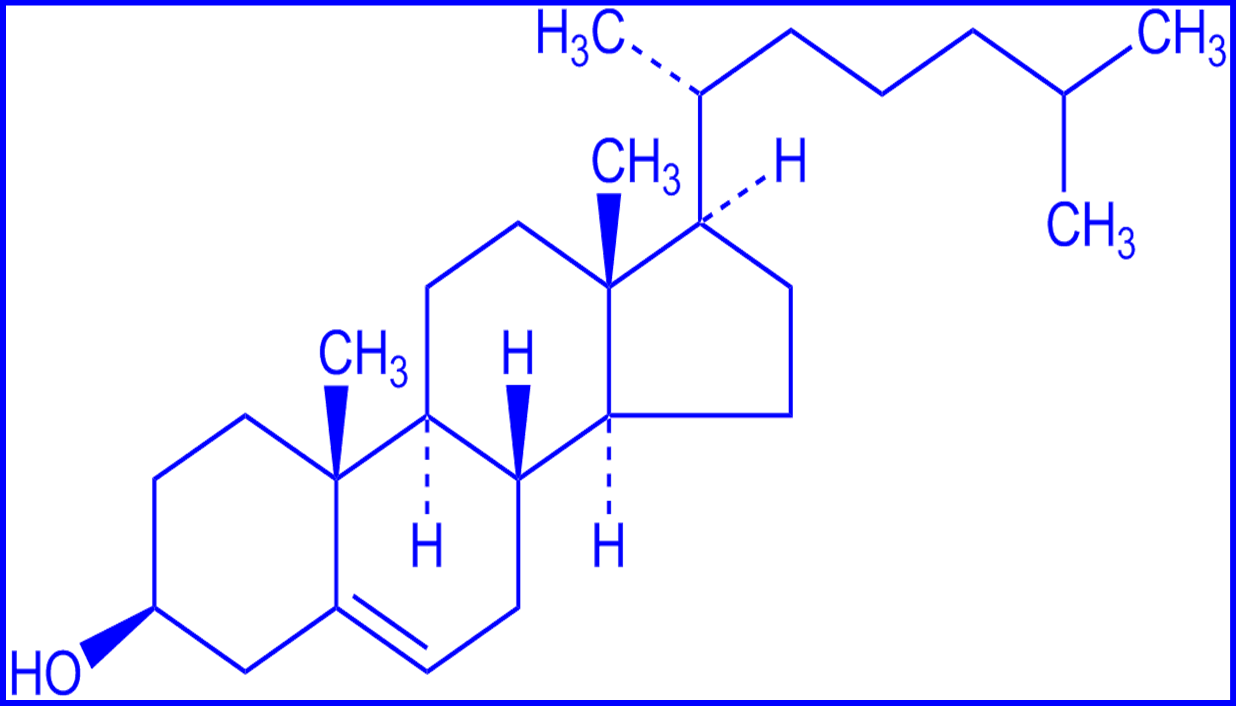
Proteins
These biomolecules are composed of Carbon, Hydrogen, Oxygen, and Nitrogen or (CHON)
There are 22 essential amino acids all similar in structure....
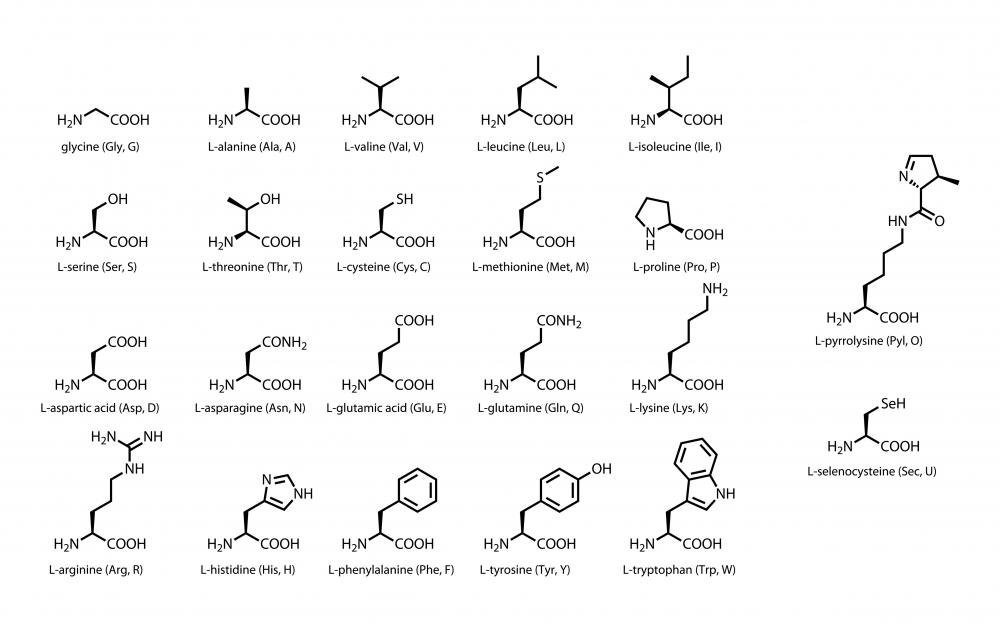


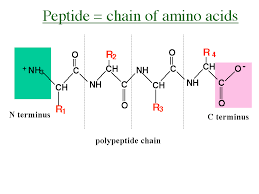
A monomer of a protein is known as a amino acid. A polymer is known as a protein and are grouped together by bonds known as peptide bonds.

Nucleic Acids
These biomolecules are composed of Carbon, Hydrogen, Oxygen, Nitrogen, and Phosphorus or (CHONP)
The 2 examples are Deoxyribonucleic Acid and Ribonucleic Acid
The monomer for a nucleic acid is called nucleotide and is composed of a....

A polymer looks like this.....and is called a nucleic acid




Carbon's outermost shell can hold 8 electrons so this means carbon can bond with 4 other atoms....

Carbon has a been called the molecule of life because most living things are composed of carbon. Its atomic composition is unique and essential. The 3 basic structures of carbon-based molecules are straight chain, branched chain, and ring.
The 4 electrons in its valence shell (outermost shell) allow this element to covalently bond to 4 other elements including other carbons. STRUCTURE IS RELATED TO FUNCTION.
 |
| Top Left to Right: Branched Chain, Ring, Straight Chain. Bottom Left to Right : All are Branched Chain. |
Sometimes carbon forms long chains made up of small sub-units....

There are 4 main types of carbon-based molecules found in all living things known as BIOMOLECULES....
Carbohydrates (aka sugars and starches)

Carbs are composed of 3 elements Carbon, Hydrogen, and Oxygen or (CHO) and are one of the sources for chemical energy.
Helpful tip: many science terms ending in -ose are considered carbohydrates. Ex: Glucose, Fructose, Sucrose, Cellulose.....Starch?....this is one exception. An easy way of identifying some carbs is by their ring structure
Simple carbs (monomer) are known as monosaccharides (mono=1 and saccharide=sugar)

Complex carbs (polymer) are composed of many monosaccharides linked together to form a chain .....polysaccharides (poly=many)

Lipids (aka fats, oil, cholesterol)

These biomolecules are composed of Carbon, Hydrogen, and Oxygen or (CHO), but look different than carbohydrates.
Lipids are very important because they make up the membrane of your cells.


Helpful tip: fats can be identified by their structure....look at this

an exception is cholesterol....

Proteins
These biomolecules are composed of Carbon, Hydrogen, Oxygen, and Nitrogen or (CHON)
There are 22 essential amino acids all similar in structure....


A monomer of a protein is known as a amino acid. A polymer is known as a protein and are grouped together by bonds known as peptide bonds.
Nucleic Acids
These biomolecules are composed of Carbon, Hydrogen, Oxygen, Nitrogen, and Phosphorus or (CHONP)
The 2 examples are Deoxyribonucleic Acid and Ribonucleic Acid
The monomer for a nucleic acid is called nucleotide and is composed of a....

A polymer looks like this.....and is called a nucleic acid


No comments:
Post a Comment